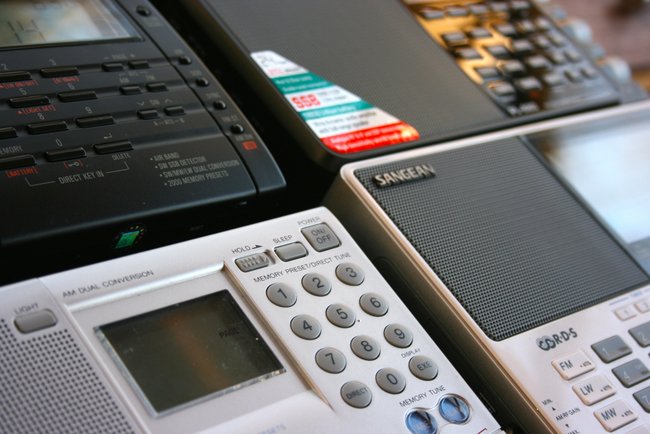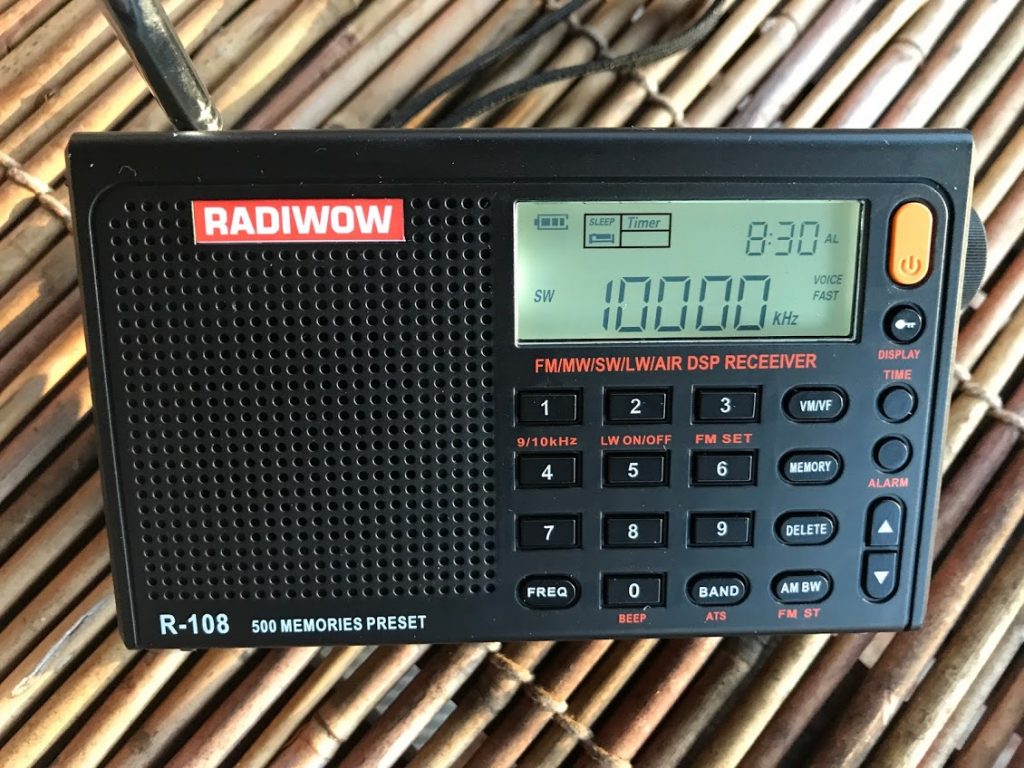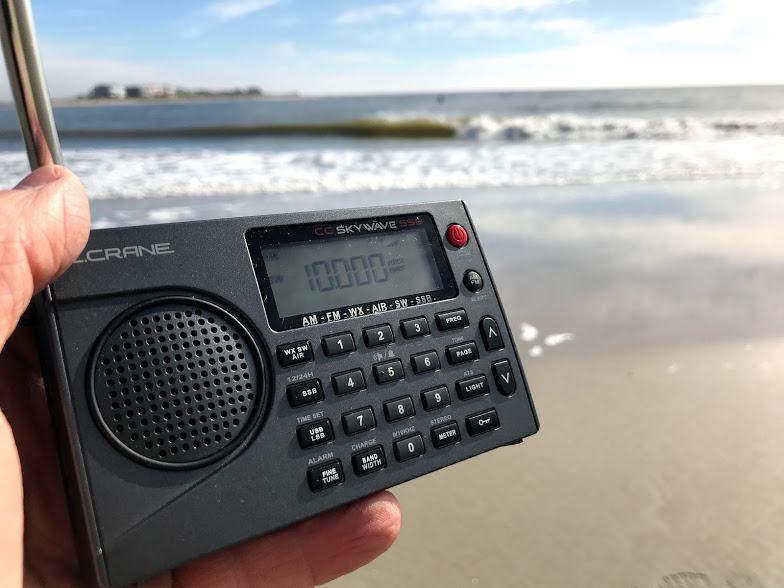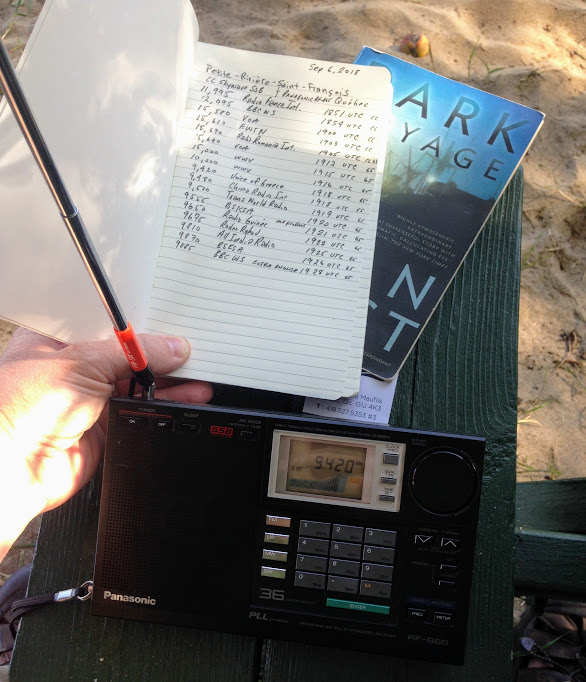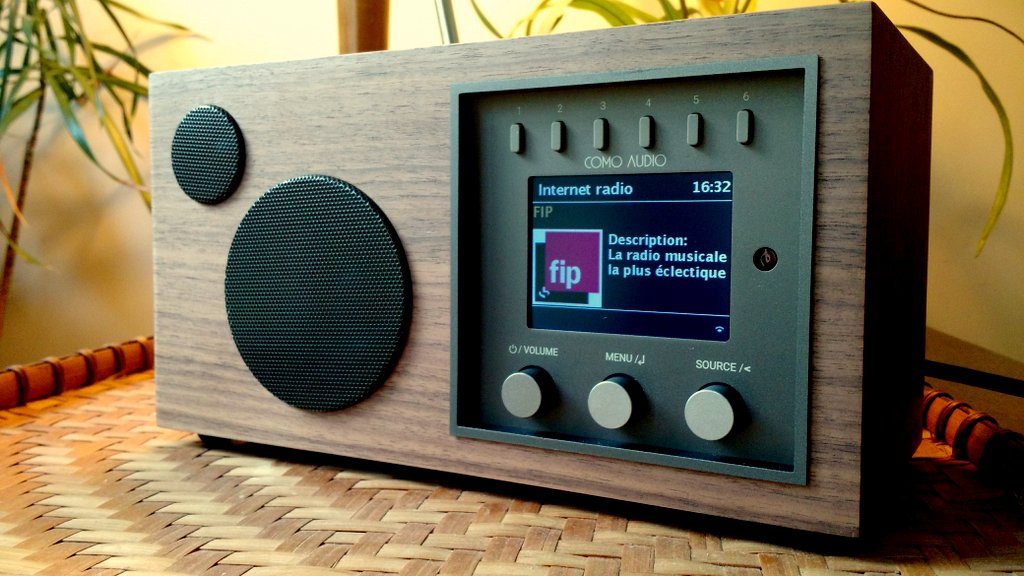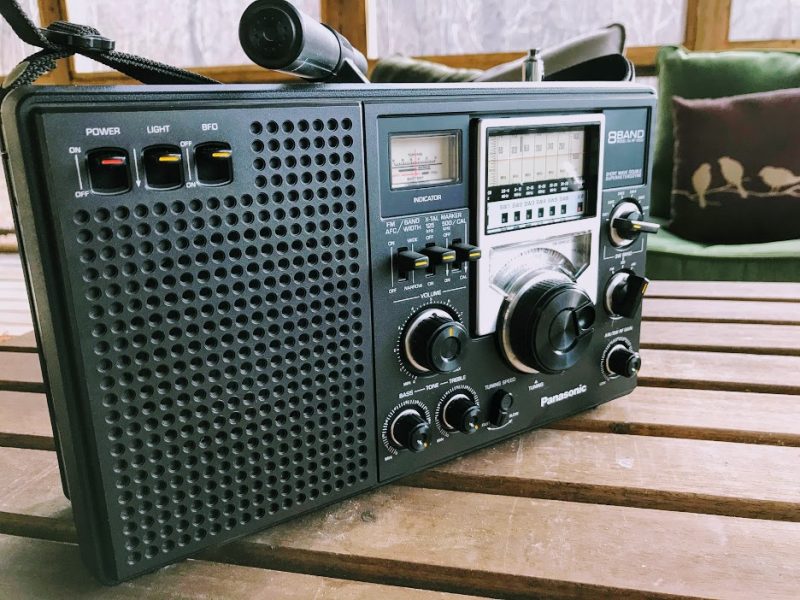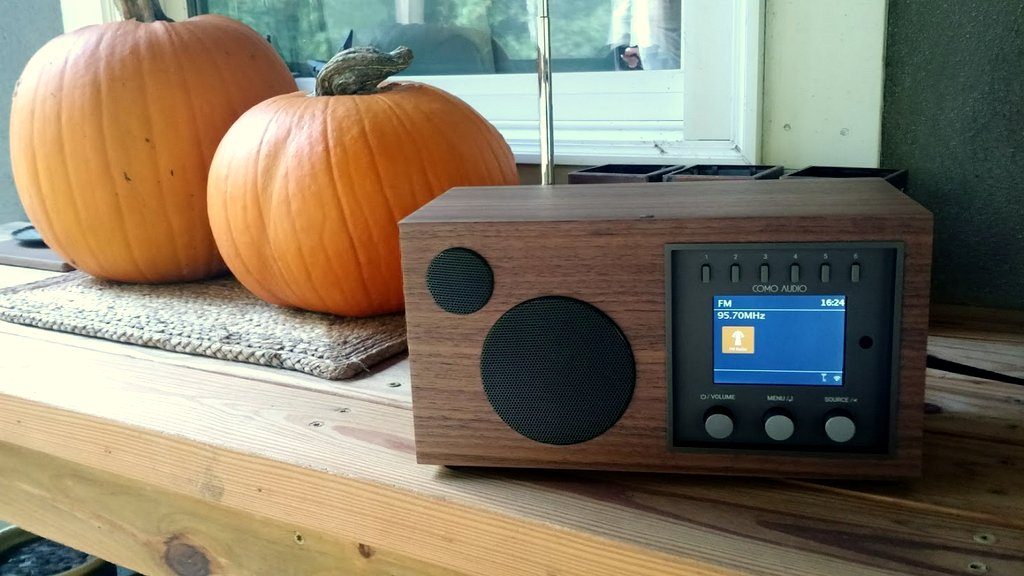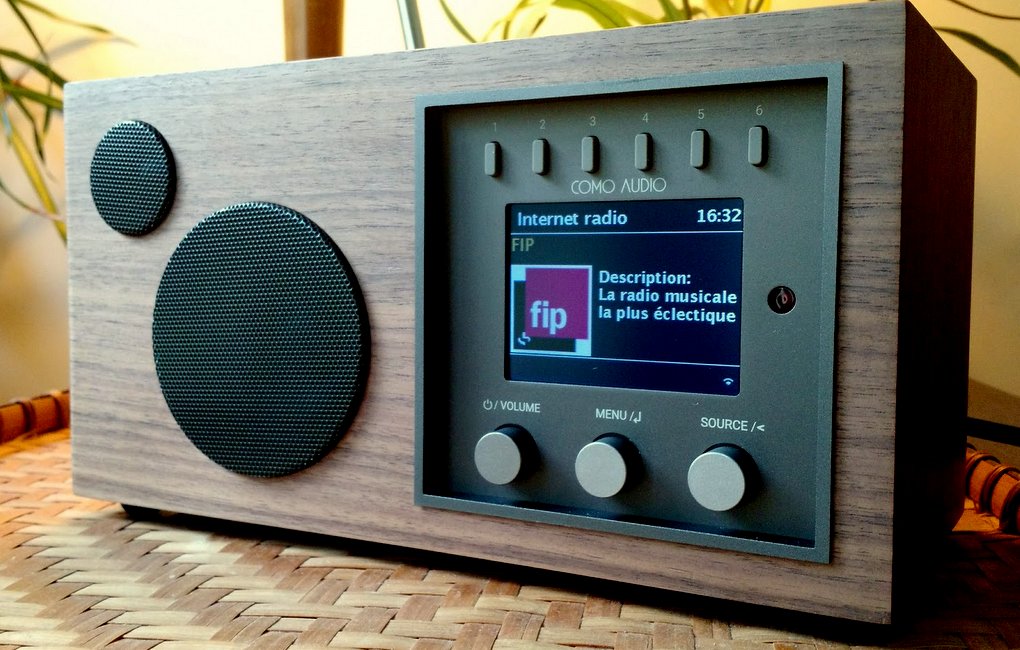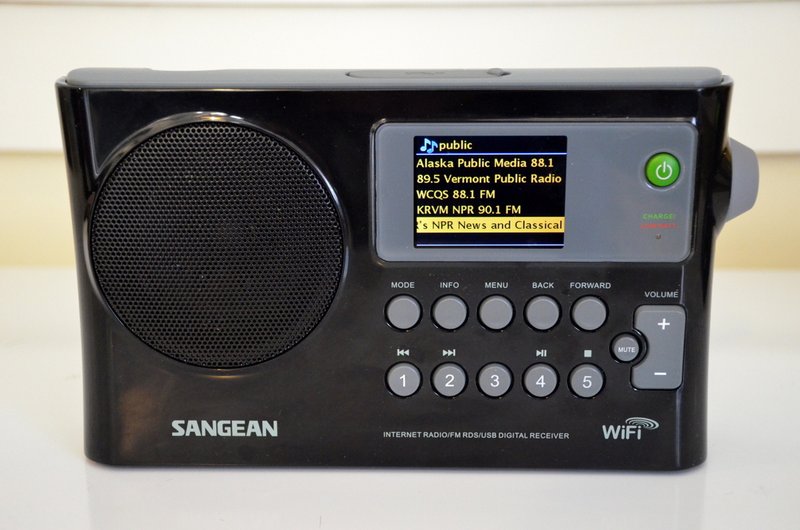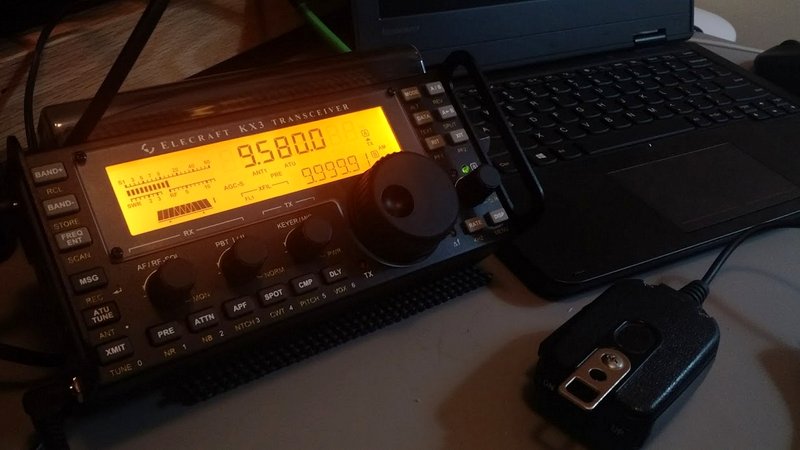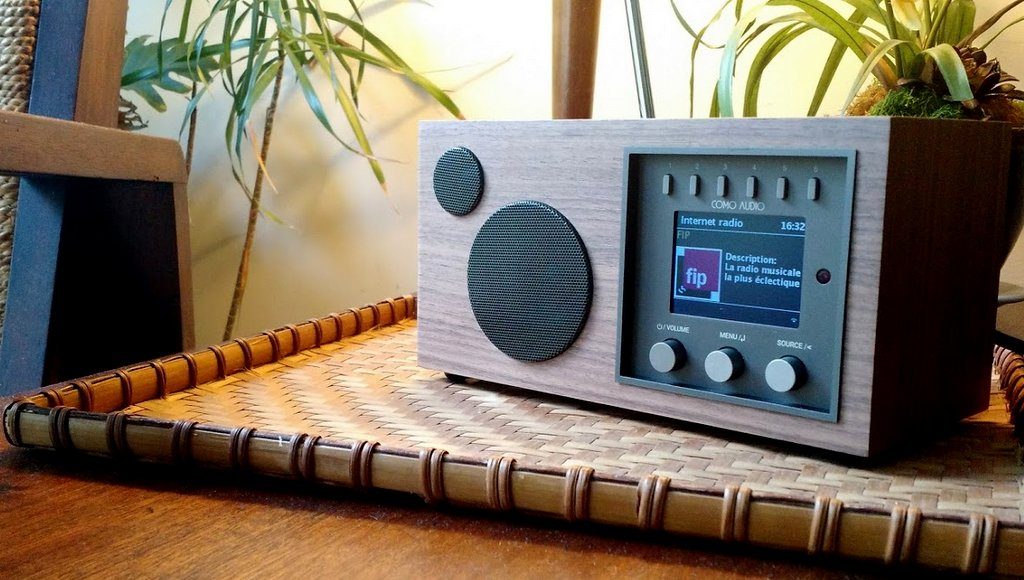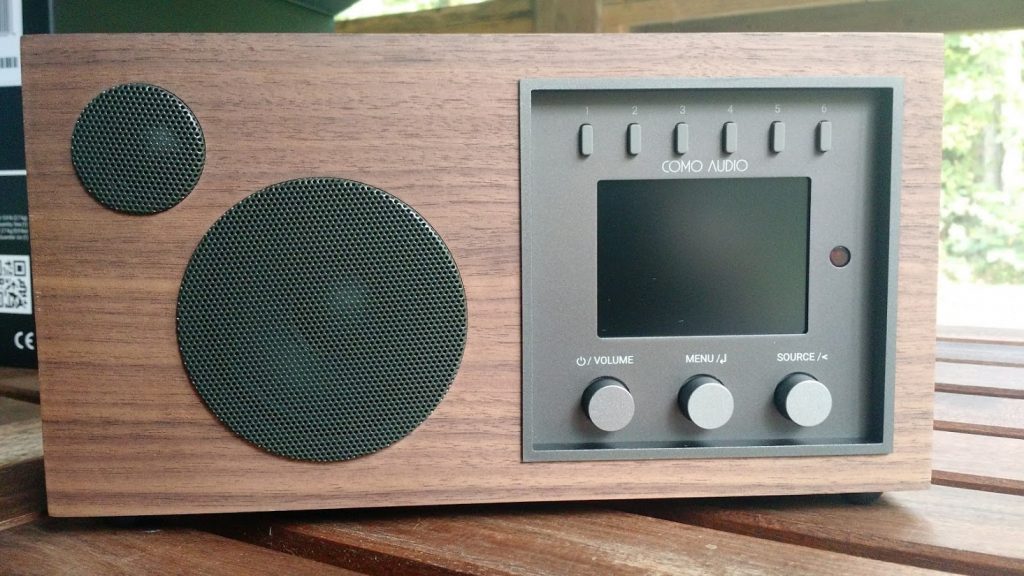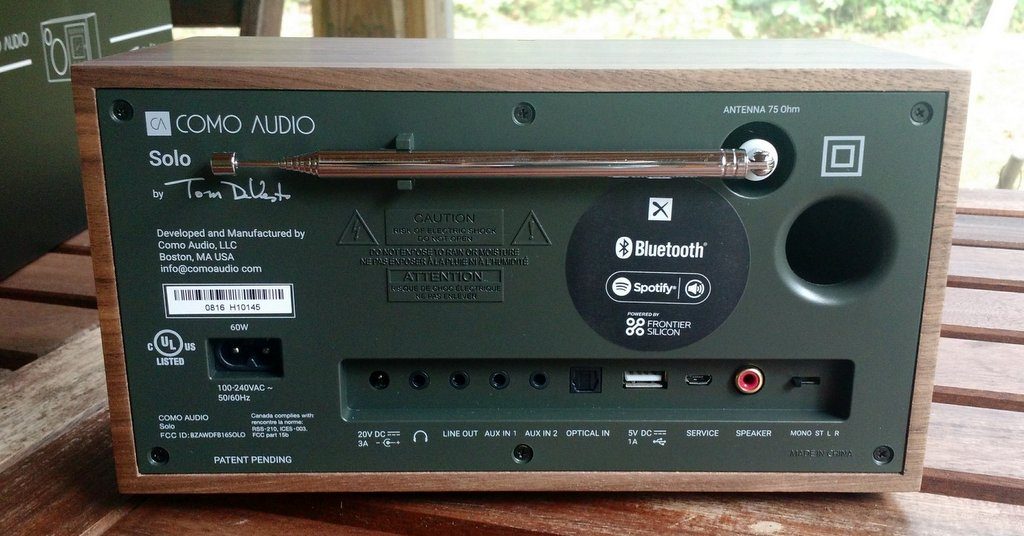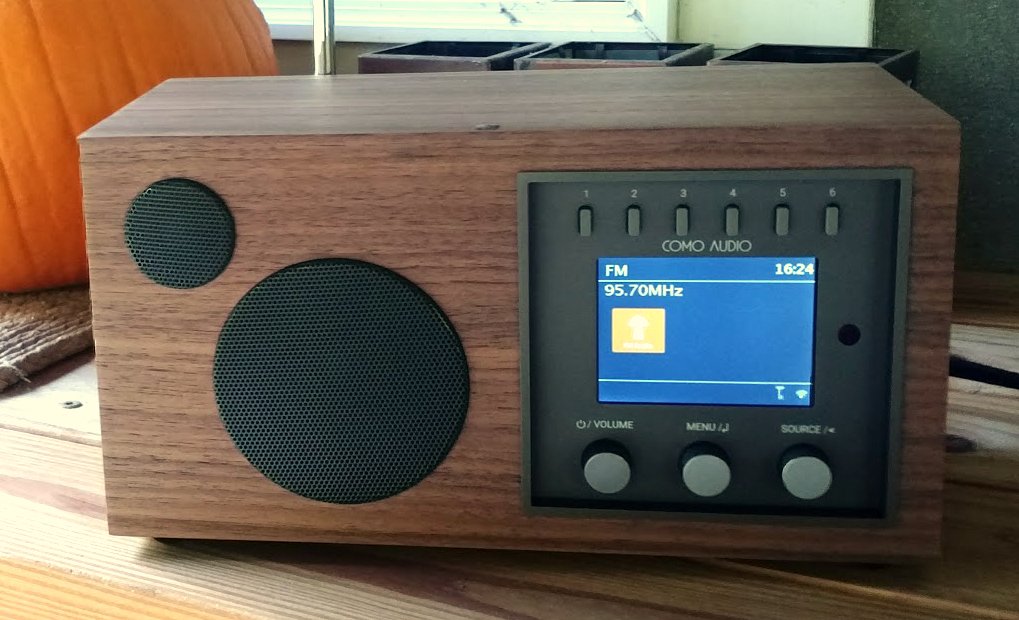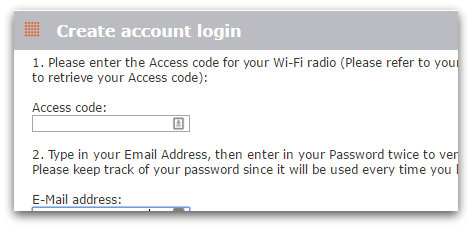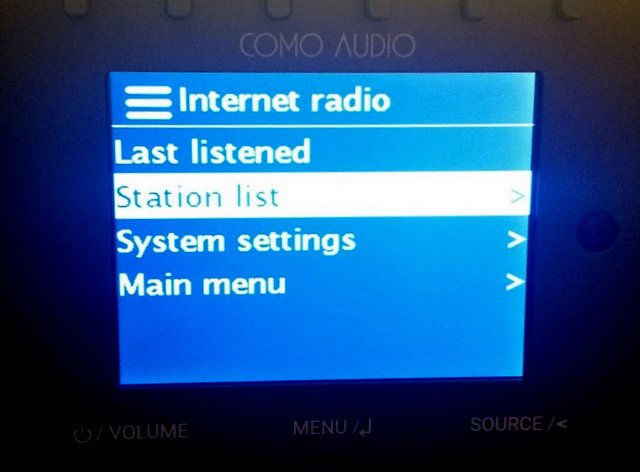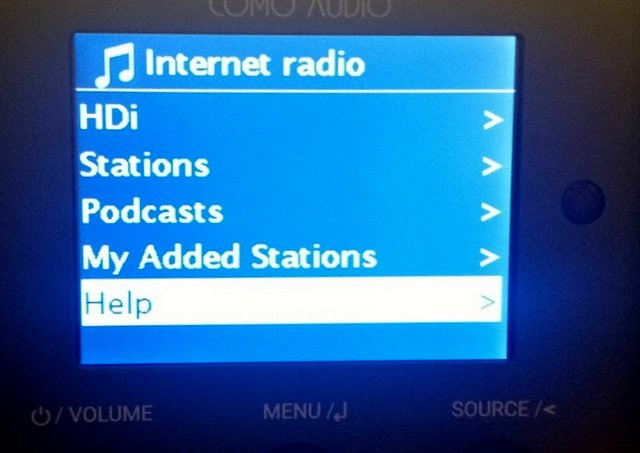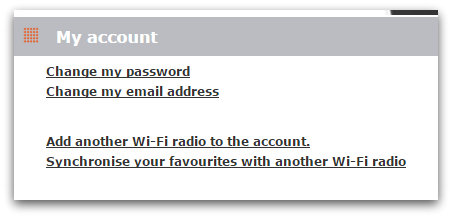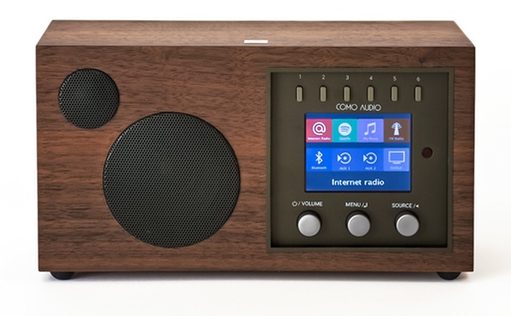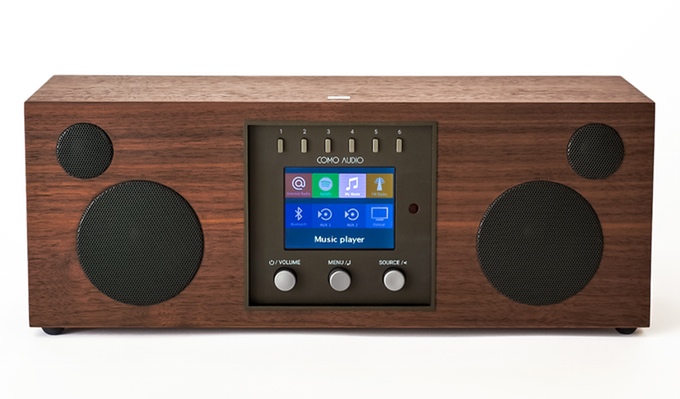Many thanks to SWLing Post contributor, John C., who writes:
“Hi Thomas, I love [the SWLing Post] and have been meaning to thank you for all of the amazing reviews. Truly a treasure trove. But as I contemplate my next radio purchase I would like to know what radio you use more than any other. In other words…what’s your daily driver??? Enquiring minds want to know! Thank you. – JC”
Thanks for your question and the kind compliment, John.
Your inquiry is one I get quite a bit, so I hope you don’t mind if I share my response here publicly.
First of all, I should state that I don’t have a single “daily driver.”
Since I evaluate, test, and review radios I spend a lot of time with a variety of new receivers and transceivers.
I’m currently evaluating the Radiwow R-108, so it goes with me pretty much everywhere since I like to test receivers in a variety of settings. I’m also packing the Tecsun PL-310ET and the CC Skywave so I have units to compare with the R-108.
My Daily Drivers
Still, there are a number of radios in my life that get heavy use. Here’s my current list based on activity:
For Travel
When I travel, I reach for my favorite multi-function ultra-compact shortwave portable. In the past, I would have reached for the Grundig G6, the Sony ICF-SW100, the Tecsun PL-310ET, the Digitech AR-1780, or the C. Crane CC Skywave, Currently, I reach for the C. Crane CC Skywave SSB.
When I travel, I try to pack as lightly as I can–perhaps some would even call me a borderline travel minimalist. For example, when I fly to Philadelphia later this month for the Winter SWL Fest, I will take only one piece of luggage, a “personal carry-on” item: the Tom Bihn Stowaway, a pack the size of a small laptop bag. The Stowaway will contain my iPad, cords/accessories, and all of my clothes and toiletries for about 5 days of travel. As you can imagine, there’s not a lot of spare room in there for radio gear (quite the understatement).
I’ll still have room in my bag for the CC Skywave SSB, though, because the receiver is so compact. In addition, it’s a little “Swiss Army Knife” of a radio which covers the AM/MW, Shortwave, WX, and AIR bands. It also has SSB mode and uses common AA batteries. The Skywave SSB is a welcome travel companion.
For Portable Shortwave DX
When I head to a park or go on a camping trip with the goal of doing a little weak signal DXing, I reach for a full-featured portable. In the past, I’ve relied heavily on the Tecsun PL-660 or PL-680, the Sony ICF-SW7600GR, and the Tecsun PL-880.
After acquiring the amazing Panasonic RF-B65 last year, it has become my choice full-featured portable. Of course, the RF-65B hasn’t been in production for ages, but thanks to a number of friends/enablers (including Dan Robinson and Troy Riedel) I finally found one for an acceptable price on eBay.
I’ve been incredibly pleased with the RF-B65’s performance and feel like I got a decent deal snagging one in great shape for less than $200. Only a few months prior to my purchase, it was hard to find good units under $300. Click here to check current prices, if interested.
For Morning News and Music
Since my staple morning news source, Radio Australia, went off the air, I spend a lot more time in the mornings listening to Internet radio mainly because I like listening to news sources that no longer, or never have, broadcast on the shortwaves.
Without a doubt, my favorite WiFi radio is the Como Audio Solo. I use it to listen to the CBC in St. John’s Newfoundland, The UK 1940s Radio Station, RFI Musique, ABC Radio Sydney, and a number of other news and music outlets.
The Como Audio Solo also serves as an audio feed for my SSTran AM Transmitter which then allows me to listen to all of this excellent content on 1570 kHz with vintage tube radios such as my Scott Marine SLR-M, my BC-348-Q, and my Minerva Tropicmaster.
For Mediumwave DXing
Without a doubt, my favorite radio for mediumwave/AM broadcast band DXing is the Panasonic RF-2200.
I mentioned in a previous post that my buddy Vlado (N3CZ) recently repaired, cleaned, and calibrated one of my RF-2200s.
Let’s just say that Vlado worked his magic and my RF-2200 now operates and performs like a brand new unit. Seriously. It’s simply unbelievable.
Not only does the Panny ‘2200 provide benchmark MW performance, it’s simply a pleasure to operate. It also produces some of the richest AM audio you’ll ever hear from a portable radio.
Of course, the ‘2200 hasn’t been produced in decades, so you’ll have to search for used ones on eBay, at hamfests, or through your favorite radio classifieds.
And, yes, I still need to finish a Part 2 blog-post about the ‘2200 repair–once I get a few details and photos from Vlado, I’ll post it!
Your Daily Drivers? Please comment!
Keep in mind that my “daily drivers” change quite a bit–the ones listed above are my current favorites and have been for a year or more.
So now that I’ve shared my daily drivers, I hope you will, too!
Is there a particular radio you reach for more than any other? Please comment and tell us why it’s your favorite!
Do you enjoy the SWLing Post?
Please consider supporting us via Patreon or our Coffee Fund!
Your support makes articles like this one possible. Thank you!

